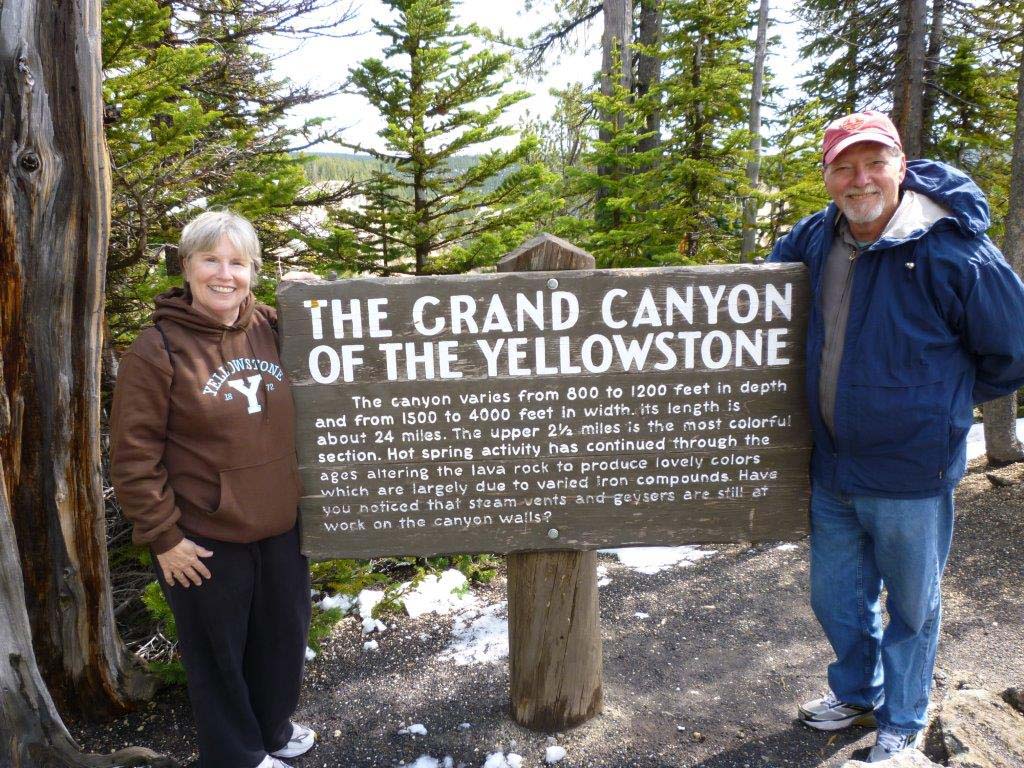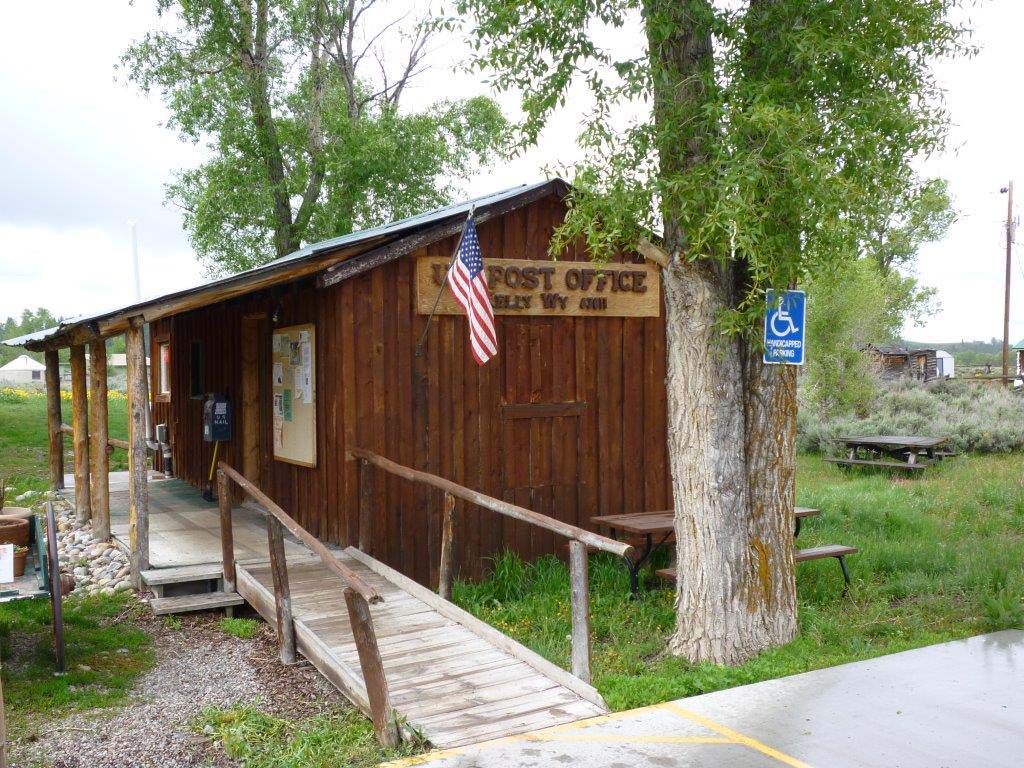♥ Bob
One of my favorite times with Gloria, Jack and Jeanne was on our trip to Yellow Stone Park and Jackson Hole.
We met Gloria and Jack in Yellow Stone and later drove down toward Jackson Hole, Wyoming. We stopped and stayed in a little campground called Gros Ventres. While we were there, Gloria like the name “Gros Ventres and said she would like to be called Gros Ventres. She had taken French in school so she said she thought it meant beautiful valley or something very nice like that.
One morning we stopped at the Gros Ventres post office store. While we were there Jack asked the man behind the counter what the French word Gros Ventres means. The man replied “ Big Belly”.
Well, we all exploded with laugher for quite a few minutes. The man behind the counter looked confused and asked what was so funny. We explained to him how Gloria wanted to be called Gros Ventres because she thought it sounded good and it meant Beautiful Valley. At that point he began laughing also and then explained how the town got the name. Explained below:
Big Bellies
The Gros Ventres are among the least known tribes of the Northern Plains, partly the consequence of mistaken identity. The name Gros Ventre (“Big Belly” in French) is a misnomer that originated from a mistranslation of the gesture for the A’aninin in the Plains sign language. The Crees referred to the Gros Ventres as the Water Falls People, Falls Indians, or Rapid Indians because the tribe occupied territory inclusive of the southern branch of the Saskatchewan River, where rapids are frequent. The sign for them was the passing of the hands over the body like water falling.
This was mistranslated as a sign representing a large stomach, and hence they became known as the Big Bellies, or Gros Ventres. Adding to the confusion, the Gros Ventres are also known as the “Atsinas” in some ethnological sources, a Blackfoot word meaning “Belly People.” To distinguish them from the Hidatsas, also known as the Gros Ventres, sometimes they were called the “Gros Ventre of the Prairies.”



